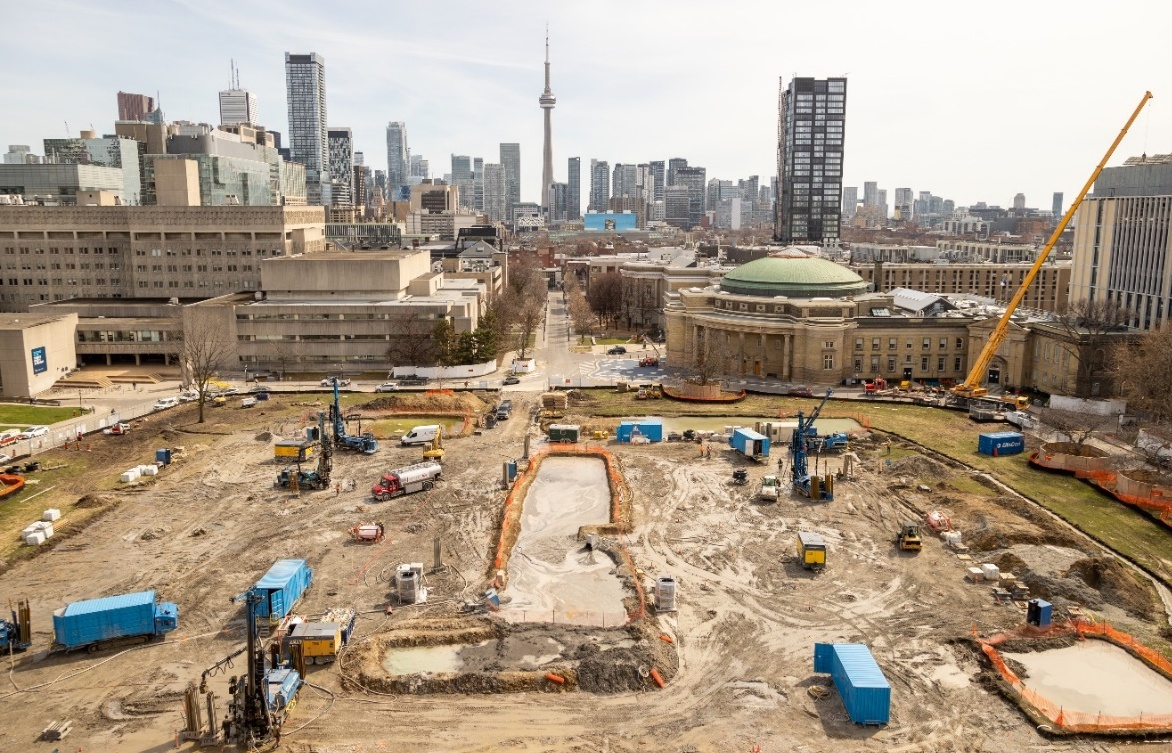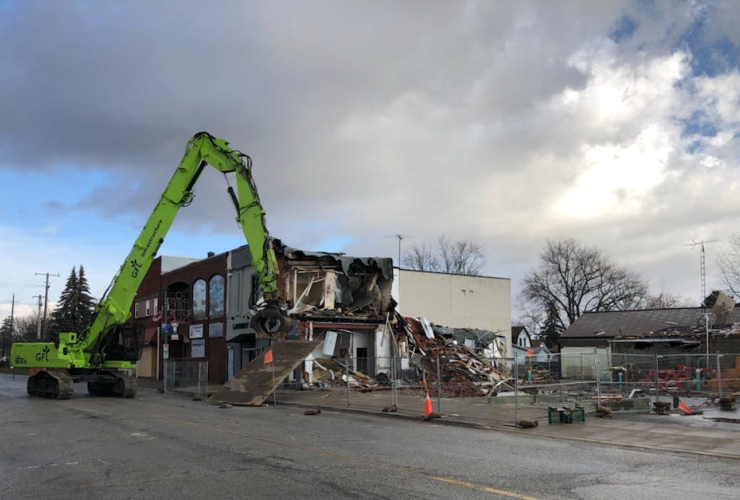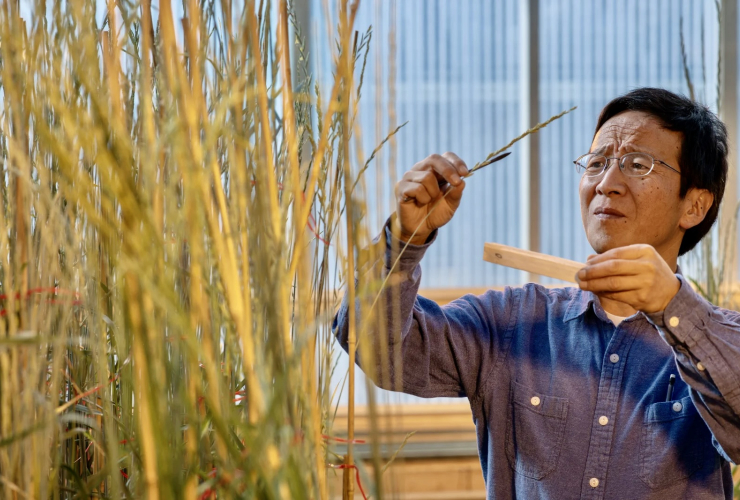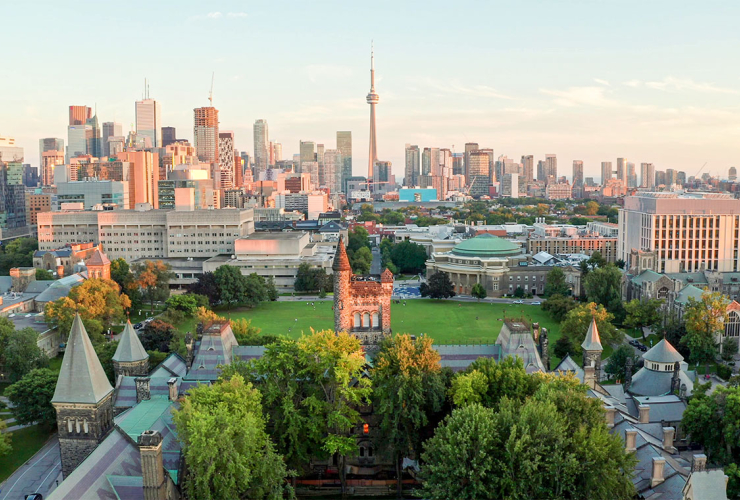The usually bustling downtown campus of the University of Toronto lay empty of students and faculty during long pandemic-enforced absences, and the construction crews working on a major environmental project took advantage.
Initially envisioned as an effort to remove cars from King’s College Circle, the landscaping project morphed into something more ambitious — a geothermal exchange system that in conjunction with major building retrofits and other measures will help the St. George campus become carbon positive by 2050, meaning it will collect more carbon than it emits.
“Ironically, we’ve been able to take advantage of the pandemic, bring in and accelerate construction, get the disruptive work out of the way,” said Ron Saporta, the university’s chief operating officer for property services and sustainability since late 2018.
More than 300 geoexchange wells have been drilled under the expansive green space at the front of the campus, he explained, each over 250 metres deep. These will allow heat produced in the summer to be stored underground and drawn on in the winter, with the process reversed to use winter's chill to cool summer days.

“The ground is acting like a battery of sorts, but a thermal battery instead of an electric battery,” he said.
The hope is that the system can reduce the campus’ need for fossil fuels to heat and cool its buildings, cutting out 15,000 tonnes a year of emissions.
Once landscaping is completed, mechanical equipment will be installed underground in a glass structure adjacent to parking, with the system operational by the end of 2023.
The most disruptive construction work for the project took place while students and faculty were kept from the campus by COVID-19 public health restrictions. Photo supplied by the University of Toronto
With its mechanics there for all to see, Saporta says the project is a learning tool that fits with its "Campus as a Living Lab"’ program.
“This project has been a focus of several courses ... in our engineering school as well as our business school,” he said, noting that students have presented designs to the project team in recent years, including a proposal that some wells be drilled at an angle, which has since been implemented.

“Our students today, our professors today, they learn and they teach these types of systems and technologies, but they do it in a classroom, they do it with textbooks,” Saporta said. “What we're trying to do is also use this project to enable more hands-on experiential learning.”
While geoexchange is not a new technology, the project is notable for its large scale in an urban setting and as an example of the benefit of retrofitting existing spaces.
“We often hear about these brand new exciting net-zero buildings, but the reality is we have a lot of existing buildings and if we're going to tackle climate change as a society, we also have to figure out how to deal with that existing building stock,” he said.
As inaugural partners in the mayor’s office’s Green Will Initiative, the university has hosted tours of the project and put together case studies in the public domain to help other developers interested in replicating its efforts.
Saporta didn’t share the project's budget, but said the payback calculated from energy savings is around 12 years.
“We're about to hit our 200th birthday as an institution, we're going to be here 200 more at least, so a 12-year payback doesn't scare us away,” he said.
Morgan Sharp / Local Journalism Initiative / Canada’s National Observer
Thank you for this "good news
Thank you for this "good news" story. My Toronto neighbourhood is full of high rise construction projects that typically excavate about 2 stories down for parking and utilities. I don't see any sign that builders are using this opportunity to sink heat exchange wells when the ground beneath is already opened. Can Ontario's building code be modified so that new construction has mandatory installation of heat exchange equipment? Developers will protest the increase to development costs, so the province could include some kind of tax break to reduce the increased costs.







Comments